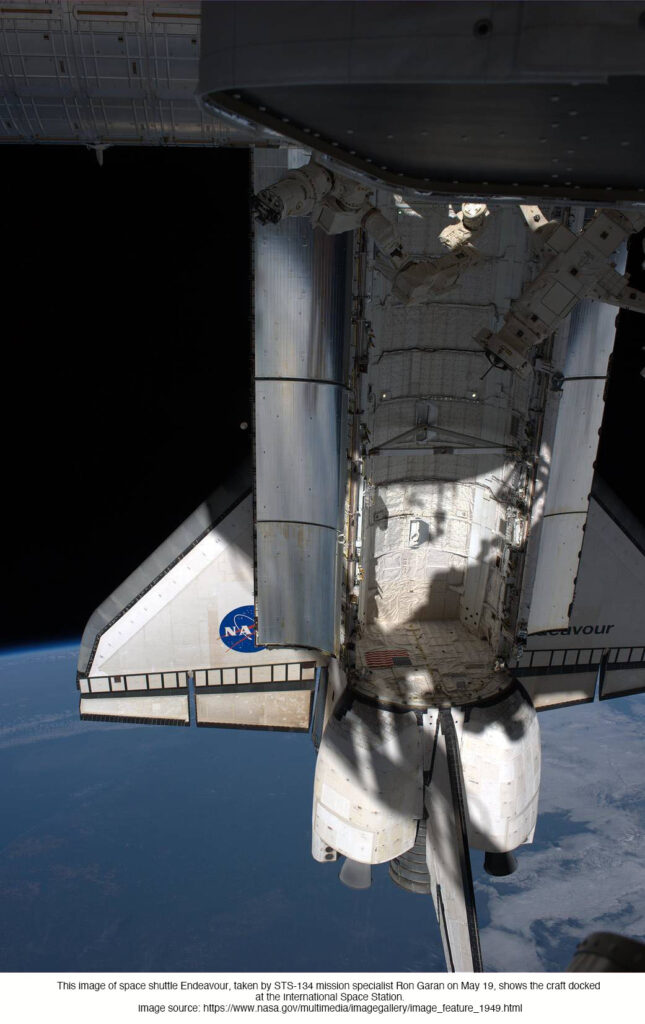
Long Duration Energy Storage Technologies for Future Planetary Science Missions
“Since the launch of Explorer in 1958, energy storage systems have been used in Earth orbital and planetary spacecraft to supply primary electrical power or store electrical energy generated by onboard solar or radioisotope power systems. Energy storage systems are used on spacecraft for various functions. The energy storage technologies that have been used in planetary science missions are primary batteries, rechargeable batteries, and capacitors. Primary batteries (single discharge only) are typically used in missions, such as planetary probes, that require electrical power for a period of a few minutes to several hours. Rechargeable batteries (also referred to as secondary batteries) are used mostly in solar-powered spacecraft to provide electrical power during eclipse periods and for load leveling. Capacitors are used for applications that require high power short duration (seconds) pulses. Primary fuel cells are used in missions that require large amounts of electrical power for periods of many hours to many days, such as human space missions, but they have not been used so far on planetary science missions….”
Adopted from https://solarsystem.nasa.gov/system/downloadable_items/716_Energy_Storage_Tech_Report_FINAL.PDF